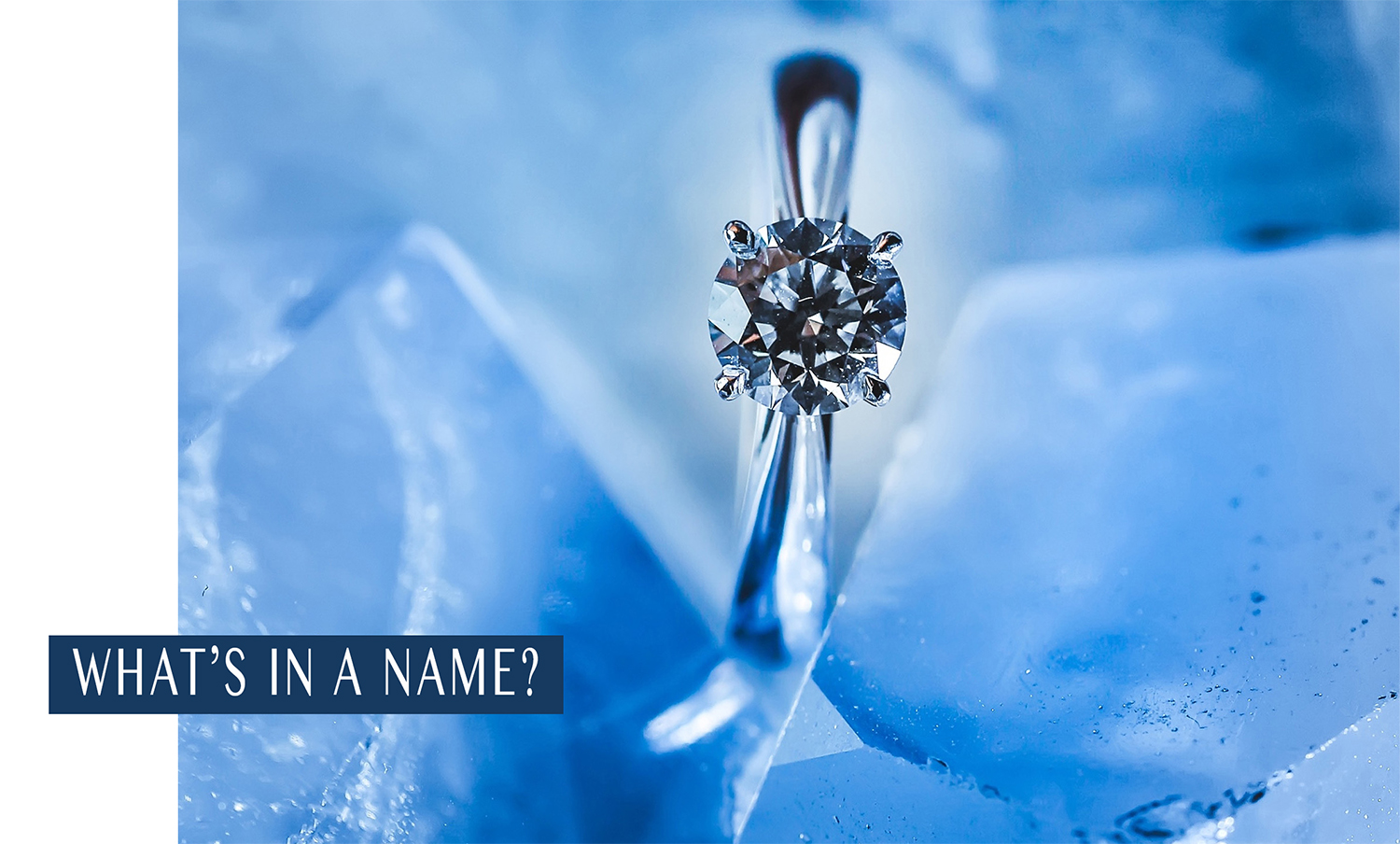August 29, 2018
With fewer than seven weeks to go to the opening of the 2018 CIBJO Congress in Bogotá, Colombia, on October 15, 2018, the third of the CIBJO commissions’ Special Reports has been released. Prepared by the CIBJO Diamond Commission, headed by Udi Sheintal, the report concentrates largely on the way in which man-made stones are being distinguished from diamonds that are natural in origin, particularly in light of the newly released guides by the U.S. Federal Trade Commission.
“While the new FTC guides clearly recognize the synthetic diamond producers as fully-fledged participants in our industry, the bottom line when it comes to the unqualified use of the word ‘diamond’ has not changed,” writes Mr. Sheintal. “It can only refer to a mined stone.”
The report looks at a recently released article about the impact of De Beers’ imminent entry into the man-made diamond jewellery industry, which suggests that over time perceptible differences between the natural and synthetic diamond markets will dissipate, except possibly in the instance of a handful of larger natural diamonds. Mr. Sheintal disagrees with the article’s premise, saying that it is up to the industry to create an identity for naturally-created goods that is different from those grown in a laboratory or factory.
“We now have to create a separate brand identity for diamonds mined in nature,” he writes. “This is a not an impossible exercise. A white cotton t-shirt can be bought in a supermarket for $5, or at a Ralph Lauren store for $70. The physical composition of the two products may be similar, but their legends are very different. While the one is a generic product, the other is a luxury item backed by a sophisticated branding structure. Both are viable from a business perspective.”
To download a full copy of the CIBJO Diamond Commission’s special report, PLEASE CLICK HERE.

